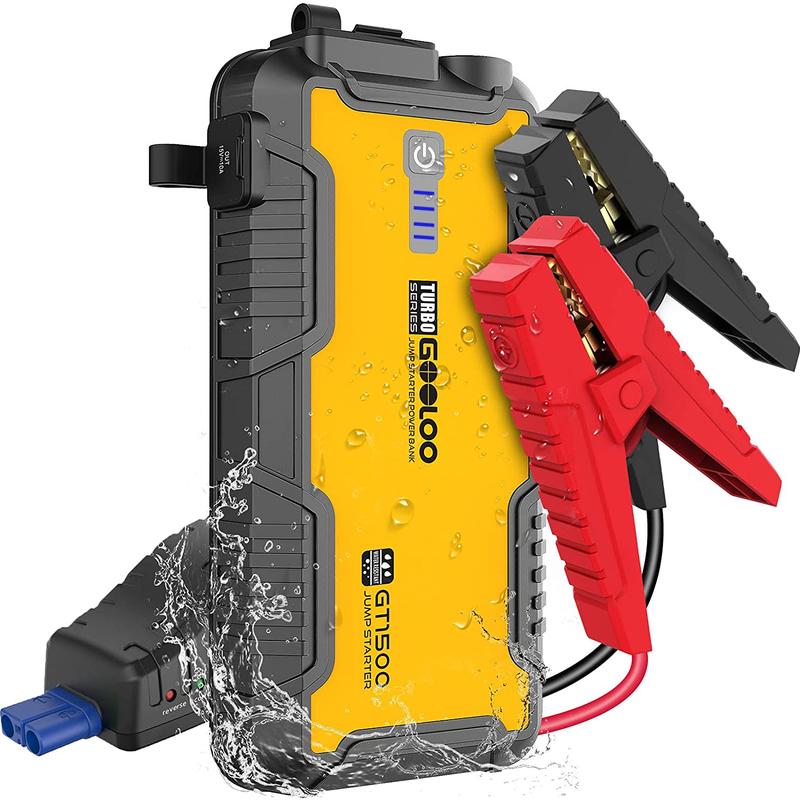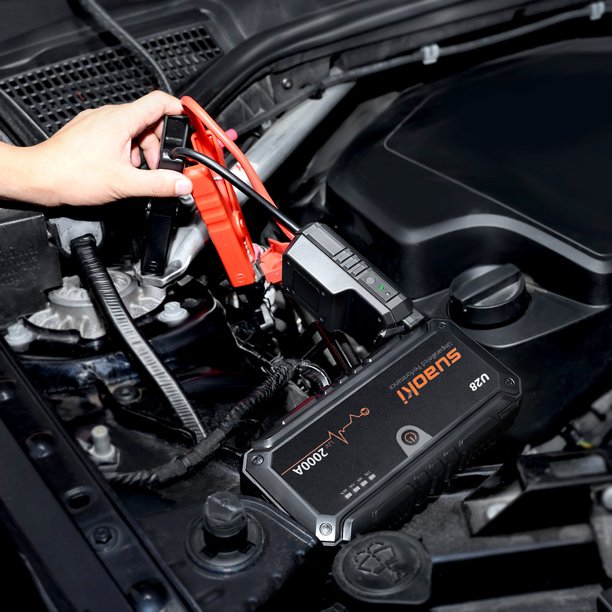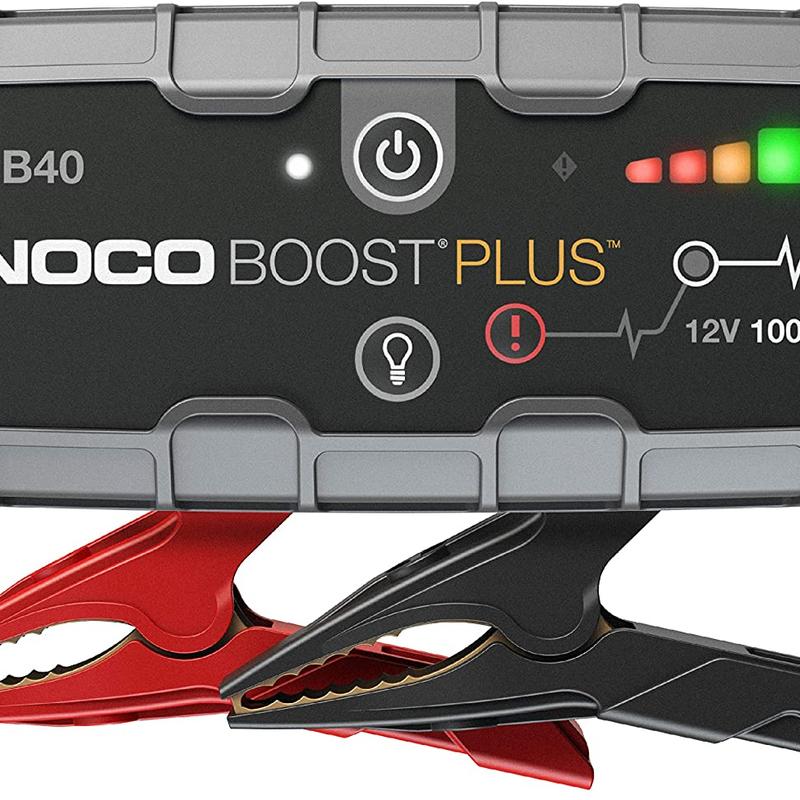Jump starting a motorcycle with a car is a common question among motorcyclists, especially when faced with a dead battery. Many may wonder whether it is safe, effective, and what precautions need to be taken. In this article, we will explore the ins and outs of jump starting a motorcycle with a car, the safety concerns associated with this practice, and the proper techniques to follow.
Understanding the Basics of Jump Starting
The Concept of Jump Starting
Jump starting involves using the battery of another vehicle to provide a boost of power to a vehicle with a dead battery. This method is particularly useful when you do not have access to a battery charger. Typically, cables are used to connect the two batteries, allowing the charge from the working battery to flow into the dead one, enabling the vehicle to start.
Why Motorcycle Batteries Fail
Motorcycle batteries can fail for several reasons. Some common causes include:
- Old age: Batteries generally have a lifespan of three to five years.
- Temperature extremes: Extreme cold or heat can affect battery performance.
- Electrical issues: Faulty wiring or electrical systems can also drain the battery.
- Leaving lights on: With smaller systems, even minor oversights like leaving the headlight on can lead to a dead battery.
Knowing why a battery might die can help you take better care of your motorcycle and avoid unexpected failures in the future.
The Equipment You Need
Battery Jumper Cables
The first thing you’ll need is a set of jumper cables. Most standard jumper cables work for both cars and motorcycles, but it’s crucial to ensure they are in good condition. Look for any fraying or damage. Ideally, the cables should be at least 10-12 feet long to allow for flexibility between the two vehicles.
A Compatible Vehicle
When choosing a car to jump start your motorcycle, ensure that the vehicle has a battery with a sufficient voltage and capacity. Most motorcycle batteries operate at 12 volts, similar to most car batteries. However, car batteries often have more juice, so care must be taken not to overdo it.
Safety Considerations
Before attempting to jump start a motorcycle with a car, safety should be your primary concern. Jump starting is usually safe, but mistakes can lead to costly and dangerous consequences.
Avoiding Electrical Damage
Motorcycles are equipped with sensitive electronic components. A surge of power from a car battery can potentially damage these systems. To mitigate this risk, follow these steps:
- Check the Batteries: Ensure both batteries are 12 volts. Avoid connecting a car battery with a different voltage.
- Turn Off Electrical Accessories: Before connecting the cables, make sure to turn off all electrical accessories in both vehicles. This includes headlights, radios, and any other electronic systems.
- Correct Connection Order: Connect the cables in the proper order to avoid short circuits.
Recommended Connection Order
- Connect the Red Cable: Attach one end of the red jumper cable to the positive terminal of the dead motorcycle battery. Ensure it does not touch any other metal.
- Connect the Other End to the Car: Attach the other end of the red cable to the positive terminal of the car’s battery.
- Connect the Black Cable: Attach the black cable’s clamp to the negative terminal of the car’s battery.
- Ground the Motorcycle: Instead of connecting the other end of the black cable to the negative terminal of the motorcycle battery, attach it to a metal surface on the motorcycle or the bike’s frame. This helps reduce the risk of a spark near the battery.
Starting the Motorcycle
Start the Car First
Once everything is connected, start the car and let it run for a couple of minutes. This will allow the motorcycle battery to receive power without being directly connected to the car’s electrical system.
Crank the Motorcycle
After allowing the car to run for a short period:
- Attempt to start the motorcycle.
- If it does not start right away, wait another minute before trying again.
If the motorcycle still doesn’t start after several attempts, there could be a more significant issue than just a dead battery.
Addressing Potential Issues
What If the Motorcycle Doesn’t Start?
If you find that jump starting the motorcycle is unsuccessful, consider these possible reasons:
- Battery Integrity: The motorcycle battery may be too far gone to accept a jump. Inspect it for leaks or bulges, signs of failure.
- Starter Issues: The issue could stem from the starter motor itself rather than the battery.
- Fuses: Check for blown fuses, as these can prevent the motorcycle from starting even with a sufficient battery.
Alternative Methods of Starting
If jump starting isn’t effective, it may be necessary to remove the battery and charge it externally using a dedicated battery charger. This is often more effective for significantly dead batteries or those with multiple failed cells.
Proper Post-Jump Start Procedure
Once the motorcycle has successfully started, it’s essential to disconnect the cables correctly and ensure that the motorcycle remains functional.
Disconnecting the Cables
To avoid any sparks that can lead to battery damage or personal injury, follow this order:
- Remove the Negative Cable from the Ground: Always disconnect the black cable from the motorcycle’s metal surface first.
- Remove the Black Cable from the Car: Then take the black clamp off the car’s battery.
- Remove the Red Cable from the Car: Next, disconnect the red cable from the car’s positive terminal.
- Lastly, Remove the Red Cable from the Motorcycle: Finally, take off the red cable from the motorcycle battery.
Run the Motorcycle
Let the motorcycle run for at least 10-15 minutes to allow the alternator to recharge the battery adequately. If you turn it off too soon, the voltage might drop, causing it to not restart.
Preventative Measures
Regular Maintenance Checks
To avoid finding yourself in a situation where you need to jump start your motorcycle, regular maintenance checks are crucial.
- Battery Inspection: Frequently check the battery for signs of wear and replace it as needed.
- Clean Connections: Ensure that the terminals are clean and free of corrosion, as dirty connections can drain your battery faster.
- Test Charging System: Use a multimeter to assess the voltage output of the motorcycle’s charging system regularly.
Use a Battery Tender
For those who don’t use their motorcycles regularly, consider investing in a battery tender or maintainer. This device can keep your battery charged without the risk of overcharging, prolonging its life, and ensuring you are always ready to ride.
 Alternative Methods of Starting a Motorcycle
Alternative Methods of Starting a Motorcycle
If you’re uncertain or uncomfortable jump starting your motorcycle with a car, there are alternative ways to jump start a motorcycle.
Using a Jump Starter Pack
Portable jump starter packs are readily available in the market. They provide a safe and efficient way to jump start a motorcycle without relying on another vehicle. They are specifically designed for this purpose and often come with safety features to prevent user error.
Push Start (Bump Start)
For motorcycles with a manual transmission, a push start (also known as a bump start) can be a viable alternative. With someone pushing the bike while it’s in gear, you can pop the clutch to engage the engine.
Emergency Starting Kits
Some riders invest in specialized emergency starting kits designed for motorcycles. These kits could include jump starters and all necessary cables, ensuring you’re prepared for any situation.
Summary of Key Points
Jump starting a motorcycle with a car can be a straightforward process if approached with care. Always ensure that the connections are made correctly, and take safety precautions to prevent electrical damage. If you find that your motorcycle still won’t start after a jump, it may be worth investigating further issues with the battery or electrical system.
In conclusion, can you jump start a motorcycle with a car? Yes, you can, provided that you follow the necessary precautions and methods to ensure both the motorcycle and car remain safe during the process. By understanding the risks, regularly maintaining your motorcycle, and practicing good startup procedures, you can enjoy many trouble-free rides ahead.


